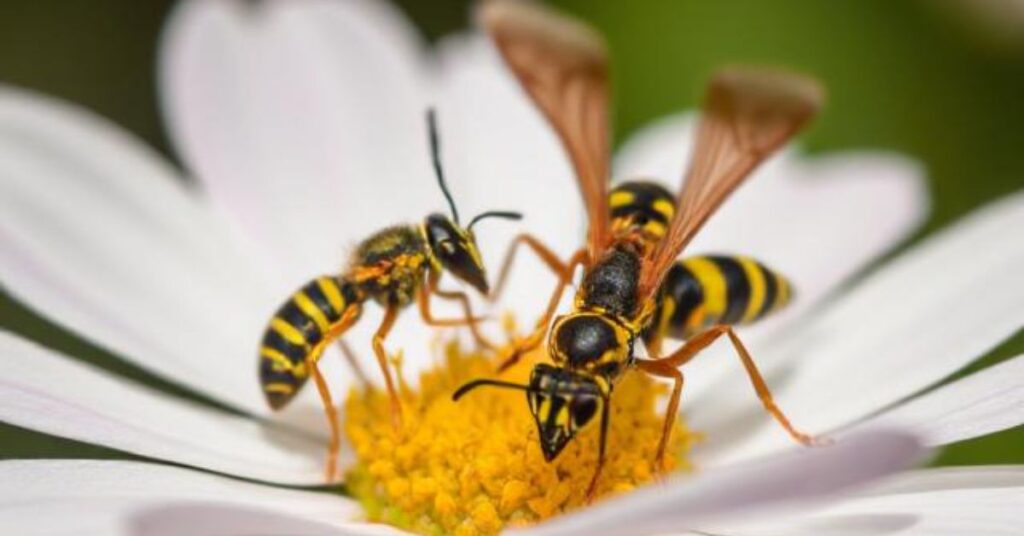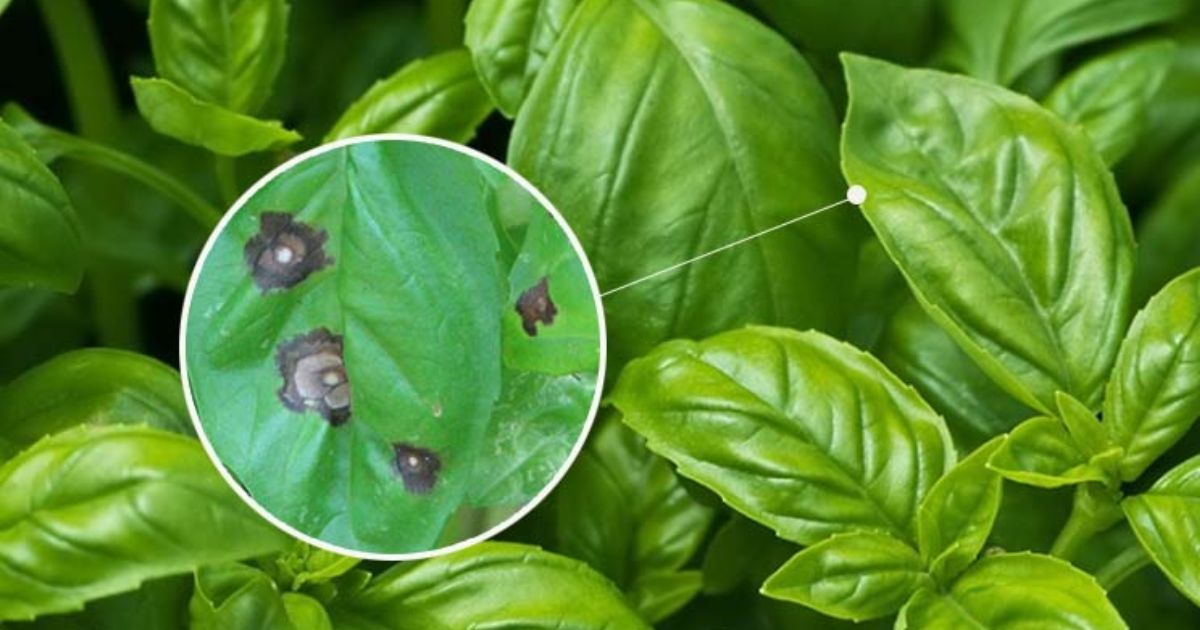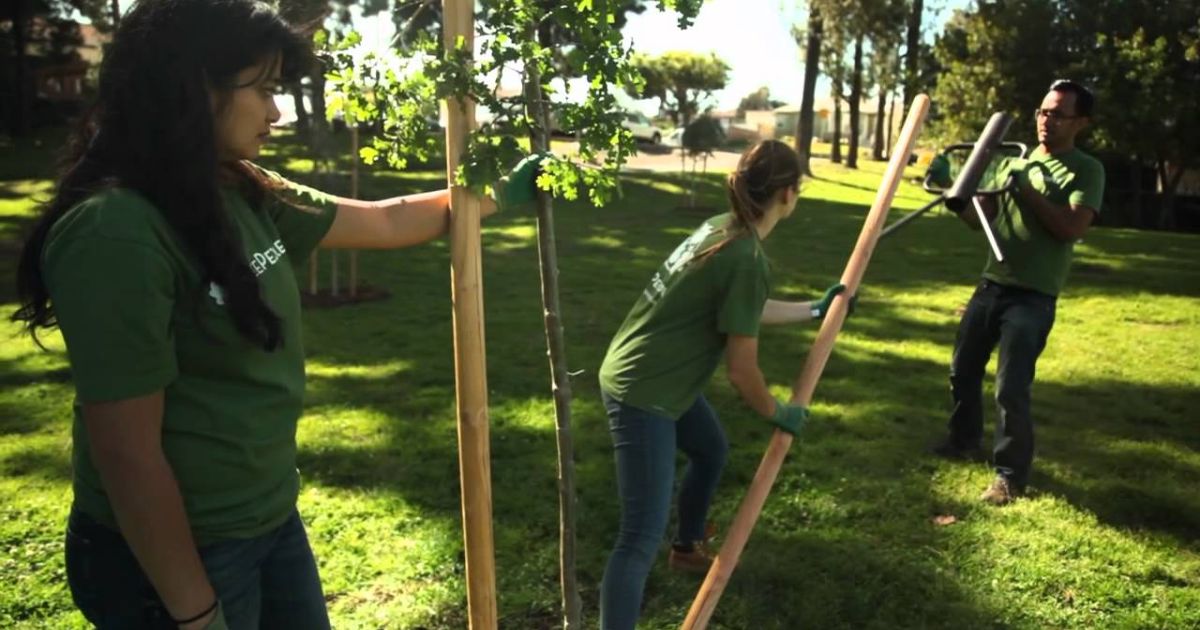Wasps are common in many yards, especially during warmer months. While they are crucial in pollination and pest control, some species can be aggressive, threatening humans and pets. Identifying different types of wasps in your yardis necessary to ensure safety and handle pests effectively. This guide will help you recognize various wasp species based on their appearance, behavior, and nesting habits.
What’s a Wasp?
A wasp is a flying insect belonging to Hymenoptera and suborder Apocrita, including bees and ants. Unlike bees, wasps have slim waists and smooth bodies and can sting multiple times without losing their stinger. They are known for their aggressive nature and play a crucial role in ecosystems as both pollinators and predators of other insects.Wasps can be social or solitary. Social wasps, like yellow jackets and paper wasps, which have a queen, workers, and drones in their colonies. Solitary wasps, such as mud daubers, live and hunt alone, often paralyzing prey like spiders to feed their larvae.
Most wasp types build nests using chewed wood fibers or mud. Their diet includes nectar, fruits, and other insects, making them beneficial for controlling pest populations. However, 9 Fruits and Vegetables they can become a nuisance, especially in late summer when their food sources dwindle, leading them to scavenge at picnics and outdoor events.Although feared for their painful stings, wasps are essential for maintaining a balanced environment. Understanding their behavior can help people coexist with them while avoiding unnecessary stings. Professional removal is often the safest option if a different kinds of wasps nest is near human activity.
How to tell the difference between bees and wasps
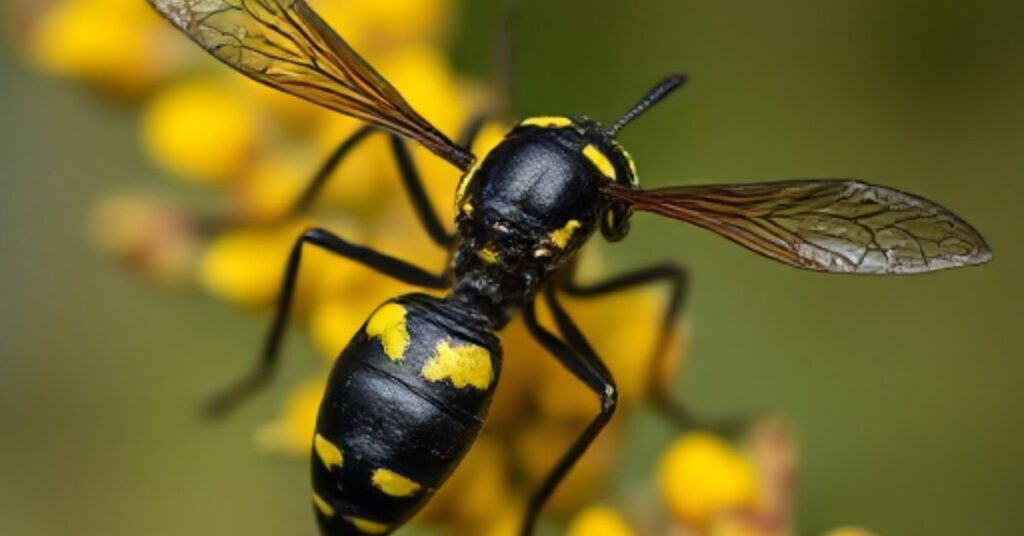
Telling the difference between bees and wasps can be tricky, but key physical and behavioral traits set them apart.
Body Shape & Appearance
- Bees have a rounder, fuzzier body covered in tiny hairs that help them collect pollen.
- Wasps have a slimmer, elongated body with a more defined waist and smooth, shiny exoskeleton.
Color
- Bees are often golden-brown or black with a more muted, fuzzy look.
- Wasps usually have bright yellow and black stripes, giving them a more striking, sharp appearance.
Behavior & Aggression
- Bees are generally docile and only sting when provoked, as they die after stinging.
- Wasps are more aggressive, sting multiple times, and attack when their nest is disturbed.
Diet & Feeding Habits
- Bees primarily feed on nectar and pollen.
- Wasps eat nectar, insects, and human food, making them more likely to hover around trash or picnics.
Nesting
- Bees build wax honeycombs in hives.
- Wasps create paper-like nests from chewed wood pulp, What Are Basil Black Spots often hanging from trees or buildings.
Recognizing these differences helps in avoiding unnecessary stings and understanding their ecological roles.
Why Identifying Wasps Is Important
Identifying wasps correctly helps one understand their role in the ecosystem and determine whether they pose a threat. Some wasps, like paper wasps, are beneficial pollinators, while others, like yellowjackets, can be highly aggressive. Knowing which wasps are in your yard enables you to take appropriate action, wasp types whether protecting them or implementing control measures.
Most Commen Type of Waso
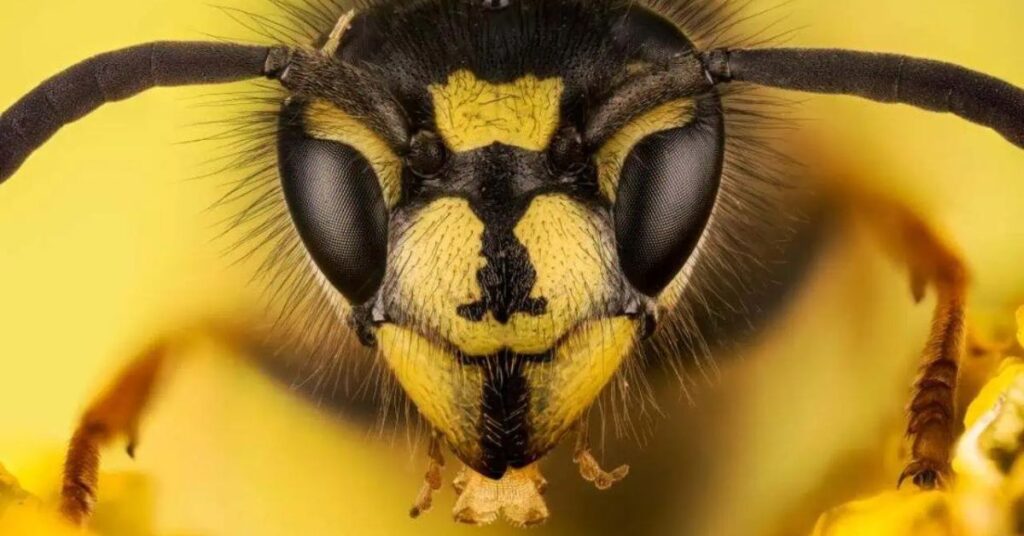
Wasps are often found in backyards, gardens, and outdoor spaces, especially during warm months. While some are beneficial for pest control, others can be aggressive. Here are some of the most common types of wasps you might encounter in your yard:
Paper Wasps (Polistes spp.)
Paper wasps are one of the most common wasps in residential areas. They are medium-sized, have a slender body and long legs, and are typically brown with yellow markings. Their nests are made from chewed wood fibers and resemble an open honeycomb, usually found under eaves, porches, or tree branches. black wasp with one yellow stripe Paper wasps are relatively non-aggressive unless their nest is disturbed.
Yellow Jackets (Vespula spp.)
Yellow jackets are highly aggressive wasps with a bright yellow and black striped body. They build nests underground, in wall cavities or trees. Unlike bees, Quick and Easy Ways to Ripen they can sting multiple times and become more hostile in late summer when food sources decline. They are attracted to sugary drinks, meats, and garbage, making them common picnic pests.
Mud Daubers (Sphecidae & Crabronidae families)
Mud daubers are solitary wasps known for their long, thin bodies and metallic blue or black coloration. They construct tube-shaped mud nests on walls, ceilings, and inside sheds. Unlike social wasps, mud daubers are non-aggressive and rarely sting unless provoked. They help control spider populations by paralyzing them as food for their larvae. Essential Tips for Attracting Butterflies to Your Garden All Year Long
Hornets (Dolichovespula & Vespa spp.)
Hornets are a more significant type of wasp, often with black and white or yellow markings. They build large, paper-like nests in trees or under roofs. While hornets are generally less aggressive than yellow jackets, they fiercely defend their nests if threatened.
- Understanding these wasp types can help you take precautions and coexist with them safely in your yard.
How to Identify Wasp Nests
Each wasp species has a distinct nesting style. Here’s how you can identify different types of wasp nests in your yard:
- Paper Wasp Nests: Open-combed and umbrella-shaped, often found under eaves.
- Yellowjacket Nests: Usually underground or in cavities, with an enclosed paper structure.
- Bald-Faced Hornet Nests: Large, football-shaped, Best Strawberry Types for Every and made of a papery material.
- Mud Dauber Nests: Small, tubular mud structures attached to walls.
- Cicada Killer Nests: Burrows in the ground with a small dirt mound at the entrance.
Yellow-Banded Polybia Wasp in the House

The yellow-banded polybia wasp (Polybia occidentalis) is a tiny but aggressive social wasp commonly found in tropical and subtropical regions. These wasps have black bodies with distinct yellow bands and build papery, umbrella-shaped nests in sheltered areas like eaves, attics, or inside homes.If you find one in your house, it may have entered through an open window or door while searching for food or a nesting site. yellow and black strioed bee While these yellow and black strioed bee help control insect populations, they can be highly defensive if threatened. Sensitive people may get allergic responses as a result of their painful stings.
To remove them safely:
- Do not swat or provoke them, as they can become aggressive.
- Open windows and turn off lights, allowing them to exit independently.
- Check for a nearby nest, especially in attics, ceilings, or wall gaps.
- Call a pest control expert if a nest is found; disturbing it can lead to multiple stings.
Prevent their entry by sealing cracks, using window screens, and covering food.
How to Safely Handle Wasp Infestations
If wasps become a problem, here are some steps to manage them safely:
- Identify the Species: Determine whether the wasps are aggressive or beneficial.
- Avoid Sudden Movements: Wasps attack when they feel threatened.
- Remove Food Sources: Keep sugary foods and garbage covered.
- Use Natural Repellents: Peppermint oil and vinegar sprays can deter wasps.
- Call a Professional: If the nest is large or in a dangerous location, seek professional pest control.
What does a wasp look like up close?
A wasp up close has a distinctive appearance. Its body is divided into the head, thorax, and abdomen. The head is triangular, with large, dark compound eyes allowing the wasp to see in many directions simultaneously. Its antennae are long and curved, constantly moving to detect scents. The thorax, where the wings and legs attach, is smooth and sleek, with two pairs of delicate wings that can rush. The abdomen is slender and typically brightly colored, A Visual Guide to Identifying Butterflies different breeds of wasps ranging from yellow to black, with alternating bands of these colors. Most notable is the sharp stinger at the end of the abdomen, which can inject venom when threatened. The wasp’s overall shape is more streamlined than bees, moving quickly and agilely, often hovering in the air or darting around. Its legs are long and thin, and its overall body is more angular, giving it a more predatory look.
Conclusion
Wasps are important for managing pest populations and pollinating plants. While some species can be aggressive, many are beneficial and should be undisturbed. By learning to identify different wasp species in your yard, you can coexist with them safely or take appropriate action when necessary. If you need to remove a wasp nest, permanently proceed cautiously or consult a professional.
FAQ
How can I identify wasps in my yard?
Look for distinct color patterns like yellow and black and observe nest types and behavior. Common wasps include paper wasps, yellowjackets, and hornets.
What are the differences between paper wasps and yellowjackets?
Paper wasps have thin, elongated bodies and build open, umbrella-shaped nests. Yellowjackets are more robust with a bright yellow and black pattern and build enclosed nests.
Are hornets more dangerous than regular wasps?
Yes, hornets are typically more extensive and more aggressive than other wasps. They can defend their nests aggressively and deliver painful stings.
How can I tell if a wasp is a queen?
Queens are usually larger than worker wasps, with a more rounded abdomen. They are typically seen early in the season when establishing nests.
Do wasps have a specific nesting site preference?
Wasps prefer sheltered spots like eaves, attics, or underground burrows. Yellowjackets often nest in the ground, while paper wasps favor hanging nests.
How can I avoid attracting wasps to my yard?
Avoid leaving sugary food or drinks outdoors. Keep trash bins tightly sealed and remove fallen fruit or sweet-smelling flowers.
Can I safely remove a wasp nest myself?
Removing a wasp nest can be dangerous. Calling a pest control expert is safer, especially if the nest is large or in a hard-to-reach spot.
What should I do if I get stung by a wasp?
Clean the sting site with soap and water. Apply ice to reduce swelling, and take antihistamines if necessary. Seek medical help if allergic reactions occur.

